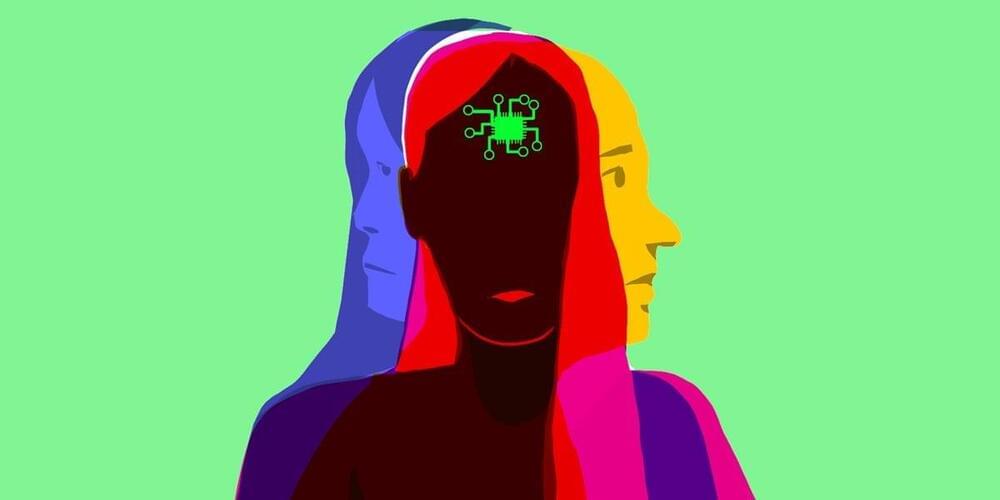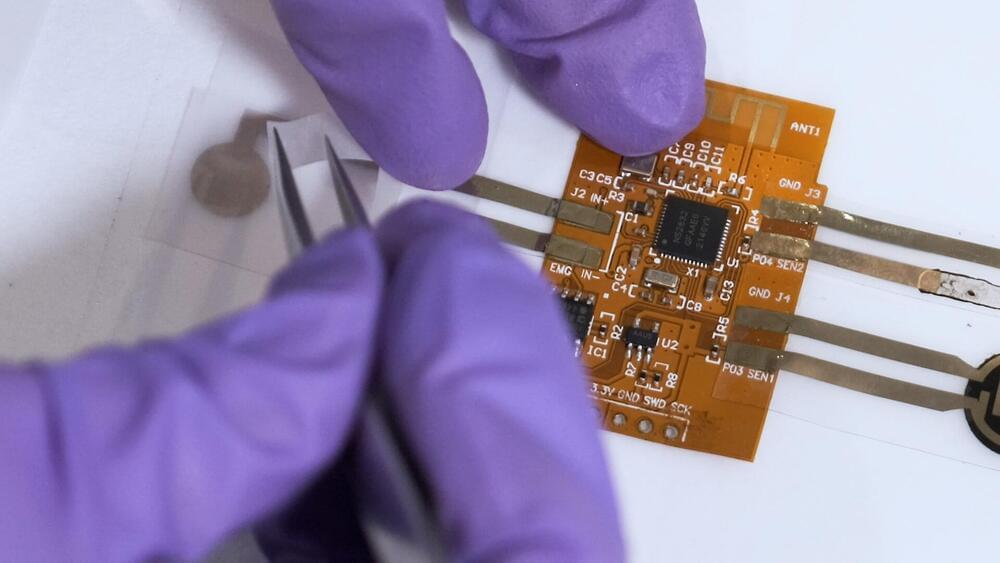Over 50 percent of high-mass stars reside in multiple star systems. But due to their complex orbital interactions, physicists have a difficult time understanding just how stable and long-lived these systems are. Recently a team of astronomers applied machine learning techniques to simulations of multiple star systems and found a new way that stars in such systems can arrange themselves.
Classical mechanics has a notorious problem known as the three-body problem. While Newton’s laws of gravity can easily handle calculations of the forces between two objects and their subsequent evolution, there is no known analytic solution when you include a third massive object. In response to that problem, physicists over the centuries have developed various approximation schemes to study these kinds of systems, concluding that the vast majority of possible three-object arrangements are unstable.
But it turns out that there are a lot of multiple-star systems out there in the galaxy. Indeed, over half of all massive stars belong to at least a binary pair, and many of them belong to triple or quadruple star systems. Obviously, the systems last a long time. Otherwise, they would have flung themselves apart a long time ago before we had a chance to observe them. But because of the limitations of our tools, we have difficulty assessing how these systems organize themselves and what stable orbit options exist.







